Home>Gardening & Outdoor>Landscaping Ideas>How To Keep Your Grass Green
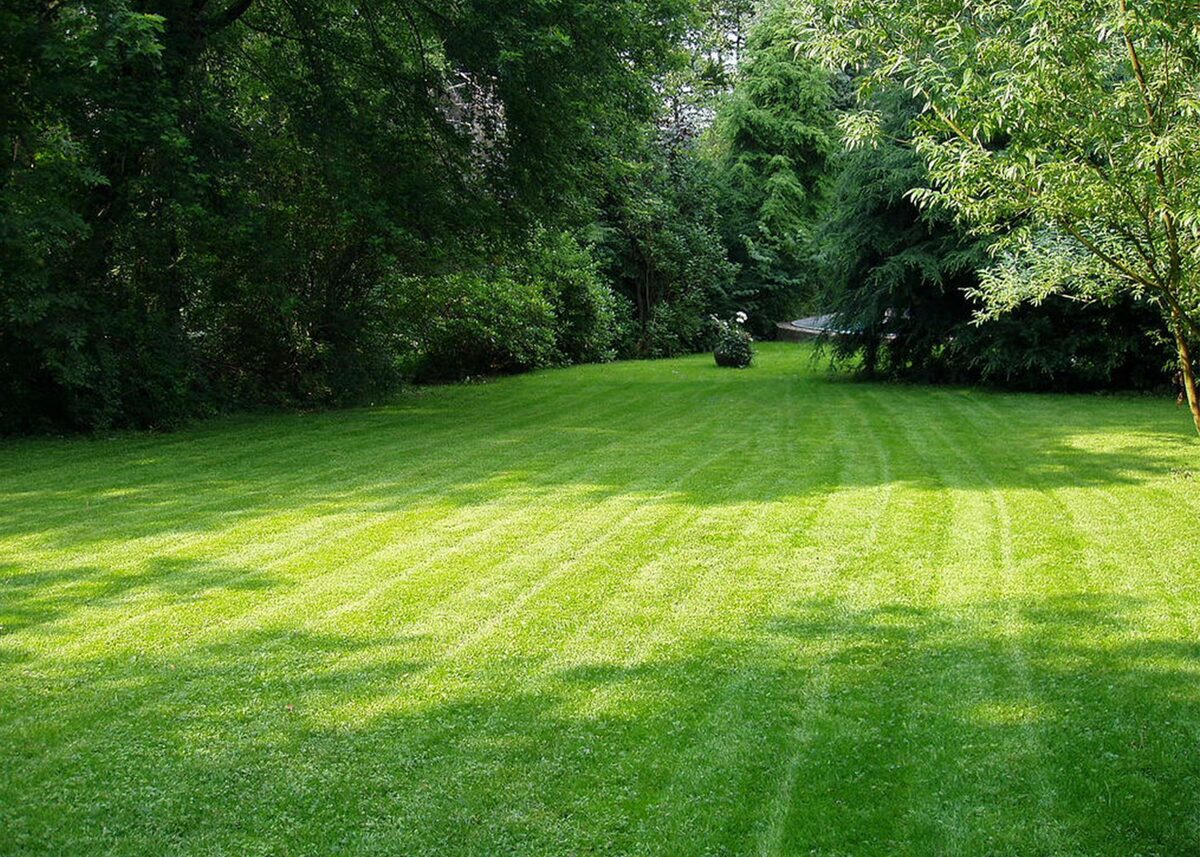

Landscaping Ideas
How To Keep Your Grass Green
Modified: February 18, 2024
Learn effective landscaping ideas to keep your grass green and healthy. Discover tips and techniques for maintaining a lush lawn.
(Many of the links in this article redirect to a specific reviewed product. Your purchase of these products through affiliate links helps to generate commission for Storables.com, at no extra cost. Learn more)
Introduction
Welcome to the wonderful world of landscaping! Whether you’re a seasoned green thumb or a novice in the garden, one thing is for certain: everyone wants a lush, vibrant lawn. A beautiful green carpet of grass not only enhances the aesthetic appeal of your property but also provides a comfortable space for relaxation and recreation. However, achieving and maintaining a healthy lawn requires more than just regular mowing. It involves a combination of proper care, understanding the needs of your grass, and addressing common challenges such as watering, fertilizing, mowing, and combating weeds and pests.
In this comprehensive guide, we’ll explore the essential steps to keep your grass green and thriving. From understanding the specific requirements of your grass to implementing effective watering, fertilizing, and mowing techniques, we’ll cover everything you need to know to cultivate a verdant lawn that will be the envy of the neighborhood. So, roll up your sleeves, put on your gardening gloves, and let’s dive into the art and science of maintaining a lush, green lawn!
Key Takeaways:
- Understanding your grass type, watering deeply and infrequently, and using proper irrigation techniques are essential for maintaining a healthy and vibrant lawn.
- By embracing proper mowing practices, fertilizing with precision, and implementing proactive weed and pest management, you can nurture a resilient and visually appealing lawn.
Read more: How To Keep Grass Green In Texas
Understanding Your Grass
Before diving into the maintenance aspects, it’s crucial to understand the type of grass you have in your lawn. Different grass species have varying needs and preferences, so identifying the specific type of grass will guide your care regimen. Cool-season grasses such as Kentucky bluegrass and fescue thrive in cooler climates, while warm-season grasses like Bermuda and Zoysia excel in warmer regions.
Consider the sun exposure and soil composition in your lawn. Some grasses prefer full sun, while others tolerate shade. Additionally, assess the soil drainage and pH levels, as these factors influence the grass’s ability to absorb nutrients and water.
Understanding the growth habits of your grass is also essential. Some varieties spread through rhizomes or stolons, creating a dense carpet-like appearance, while others grow in clumps. This knowledge will inform your approach to mowing, watering, and fertilizing.
Lastly, familiarize yourself with the common issues and challenges associated with your specific grass type. Certain varieties may be more susceptible to diseases, while others could struggle with drought resistance. By grasping these nuances, you can tailor your lawn care practices to address potential vulnerabilities and promote the overall health of your grass.
By gaining a deeper understanding of your grass variety and its unique requirements, you’ll be better equipped to provide the tailored care it needs to thrive. Remember, a healthy lawn starts with knowing and meeting the specific needs of your grass!
Watering Your Grass
Proper watering is a cornerstone of lawn care, and it directly impacts the health and appearance of your grass. The goal is to establish a deep, strong root system that can withstand environmental stressors and promote lush growth. Here are some essential tips for watering your grass effectively:
- Early Morning Watering: The best time to water your lawn is in the early morning, ideally before 10 a.m. This allows the grass blades to dry off during the day, reducing the risk of fungal diseases. Watering in the evening can lead to prolonged moisture on the grass, creating a conducive environment for fungal growth.
- Deep and Infrequent Watering: Rather than frequent shallow watering, aim for deep and infrequent watering sessions. This encourages the roots to grow deeper into the soil in search of moisture, making the grass more resilient during dry periods. Providing around 1 to 1.5 inches of water per week, including rainfall, is generally sufficient for most grass types.
- Monitor Soil Moisture: Keep an eye on the soil moisture levels to determine when your lawn needs watering. If the grass starts showing signs of stress, such as a bluish-gray tint or footprints that linger, it’s time to water. However, avoid overwatering, as excessively moist soil can suffocate the roots and create an environment for disease.
- Use Proper Irrigation Techniques: Whether you’re using a sprinkler system or a hose with a sprinkler attachment, ensure that the water is distributed evenly across the lawn. Pay attention to any dry spots or areas receiving excessive water, and adjust your irrigation method accordingly.
- Consider Rainfall and Seasonal Variations: During periods of rainfall, adjust your watering schedule to account for the natural moisture. In cooler seasons or during drought conditions, your lawn may require less frequent watering. Be mindful of the changing weather patterns and adapt your watering routine accordingly.
By adhering to these watering practices and tailoring them to the specific needs of your grass type, you can promote healthy root development and vibrant, green growth. Remember, a well-hydrated lawn is a resilient and visually stunning lawn!
Fertilizing Your Grass
Fertilizing your grass is a fundamental aspect of lawn maintenance, providing essential nutrients that promote healthy growth and overall vigor. By understanding the key principles of fertilization and tailoring your approach to the specific needs of your grass, you can cultivate a lush, green lawn that thrives throughout the seasons. Here’s how to effectively fertilize your grass:
- Soil Testing: Before applying any fertilizer, conduct a soil test to assess the nutrient levels and pH balance of your lawn. This valuable insight will guide your fertilizer selection and application rates, ensuring that you provide the precise nutrients your grass requires for optimal health.
- Choose the Right Fertilizer: Select a high-quality, granular fertilizer formulated for your specific grass type and the current season. Different fertilizers contain varying ratios of nitrogen, phosphorus, and potassium, tailored to address specific growth stages and seasonal demands.
- Adhere to Application Guidelines: Follow the manufacturer’s instructions and recommended application rates when fertilizing your lawn. Avoid over-application, as excessive fertilizer can lead to nutrient imbalances, environmental pollution, and increased susceptibility to pests and diseases.
- Implement Seasonal Fertilization: Tailor your fertilization schedule to align with the natural growth cycles of your grass. For cool-season grasses, consider applying fertilizer in the early spring and fall, while warm-season grasses may benefit from fertilization in late spring and summer.
- Consider Slow-Release Fertilizers: Slow-release or controlled-release fertilizers provide a steady, gradual release of nutrients over an extended period, promoting sustained growth and reducing the risk of nutrient leaching. These formulations are particularly beneficial for long-term lawn health.
- Monitor and Evaluate: Keep an eye on your lawn’s response to fertilization, observing the color, density, and overall vitality of the grass. Adjust your fertilization approach based on the visual cues and any feedback from soil tests, ensuring that you maintain a balanced and nourished lawn.
By approaching fertilization with precision and an understanding of your grass’s nutritional requirements, you can foster robust growth and vibrant greenery. Remember, a well-fed lawn is a resilient and visually striking lawn!
Water your grass deeply and infrequently, allowing the soil to dry out between waterings. This will encourage deep root growth and help keep your grass green.
Mowing Your Grass
Mowing is a vital aspect of lawn maintenance that directly influences the health and appearance of your grass. By adopting proper mowing practices and tailoring them to the specific needs of your grass type, you can promote lush growth and a manicured, vibrant lawn. Here are essential tips for mowing your grass effectively:
- Adhere to the One-Third Rule: When mowing, avoid cutting more than one-third of the grass blade’s height at a time. This gentle approach minimizes stress on the grass and encourages healthy regrowth, contributing to a dense and resilient lawn.
- Adjust Mowing Height: Set your mower’s cutting height to align with the recommended range for your grass species. Different grasses thrive at varying heights, so be mindful of these guidelines to ensure optimal growth and vigor.
- Sharpen Mower Blades: Regularly sharpen your mower blades to achieve clean, precise cuts. Dull blades can tear the grass, leading to ragged edges that are more susceptible to disease and moisture loss. Sharp blades promote a neat appearance and swift recovery for the grass.
- Vary Mowing Patterns: Alternate your mowing direction and patterns with each session. This practice prevents the grass from developing a grain pattern and encourages upright growth, fostering a more uniform and attractive lawn.
- Mow When Dry: Whenever possible, mow the lawn when the grass is dry. Wet grass is prone to clumping and uneven cutting, potentially leading to an unkempt appearance and increased susceptibility to diseases.
- Leave Grass Clippings: Consider leaving grass clippings on the lawn, as they can provide valuable nutrients and organic matter to the soil. This natural mulching process contributes to soil health and reduces the need for additional fertilization.
By embracing these mowing principles and customizing them to suit your grass’s specific requirements, you can nurture a well-manicured and resilient lawn. Remember, proper mowing practices are the foundation of a healthy and visually appealing grassy expanse!
Read more: How To Keep My Grass Green And Healthy
Dealing with Weeds
Weeds are a common nuisance in lawns, competing with grass for essential nutrients, water, and sunlight. Effectively managing weeds is crucial to maintaining a healthy and visually appealing lawn. By implementing targeted strategies and understanding the nature of common weeds, you can minimize their impact and promote the dominance of your lush grass. Here’s how to deal with weeds effectively:
- Identify Common Weeds: Familiarize yourself with the prevalent weeds in your area, recognizing their growth habits, appearance, and life cycles. Common lawn weeds include dandelions, crabgrass, clover, and broadleaf plantain, each requiring specific control methods.
- Implement Proper Lawn Care: A well-maintained, healthy lawn is naturally more resistant to weed infestations. By adhering to appropriate watering, fertilization, and mowing practices, you can create an environment where grass thrives and weeds struggle to gain a foothold.
- Manual Weed Removal: For isolated weed patches or small infestations, hand pulling or digging out weeds can be an effective control method. Ensure that you remove the entire root system to prevent regrowth.
- Utilize Herbicides Judiciously: Selective herbicides designed to target specific weed types can be used to control more extensive infestations. When using herbicides, carefully follow the application instructions and consider environmentally friendly options to minimize impact on beneficial organisms.
- Overseed Thin Areas: Thin or patchy areas in the lawn can create opportunities for weed establishment. Overseeding these areas with grass seed can help fill in the gaps, reducing space for weeds to take hold and promoting a denser, healthier lawn.
- Maintain Vigilance: Regularly inspect your lawn for signs of weed growth and address any emerging issues promptly. Early intervention can prevent weeds from spreading and becoming more challenging to control.
By integrating these weed management strategies into your lawn care routine and tailoring them to your specific grass type and local conditions, you can minimize weed encroachment and preserve the beauty and vitality of your grass. Remember, a proactive approach to weed control is essential for nurturing a pristine and flourishing lawn!
Protecting Your Grass from Pests
Maintaining a healthy and vibrant lawn involves safeguarding your grass from potential threats posed by pests and insects. By understanding the signs of pest infestations and implementing preventive measures, you can preserve the lush beauty of your lawn and promote a thriving outdoor environment. Here’s how to protect your grass from pests effectively:
- Recognize Common Lawn Pests: Familiarize yourself with the typical pests that can afflict lawns, such as grubs, chinch bugs, armyworms, and sod webworms. Understanding their behaviors and damage patterns will aid in early detection and targeted control.
- Promote Soil Health: Healthy soil provides a strong foundation for grass growth and resilience against pests. Implement proper fertilization, aeration, and organic matter incorporation to enhance soil structure and microbial activity, creating an environment where grass can thrive and resist pest pressure.
- Monitor Lawn Health: Regularly inspect your lawn for signs of pest damage, including thinning areas, yellowing or browning patches, and unusual patterns of grass decline. Early detection allows for timely intervention before pest populations escalate.
- Implement Integrated Pest Management (IPM): Adopt a holistic approach to pest control, integrating cultural, biological, and chemical control methods as needed. IPM emphasizes proactive strategies, such as promoting natural predators and using targeted, low-impact pesticides only when necessary.
- Utilize Beneficial Nematodes: Beneficial nematodes are microscopic organisms that can help control pest larvae in the soil, such as grubs. Applying nematodes to the lawn can provide natural and effective pest management without harming beneficial organisms.
- Consider Resistant Grass Varieties: When establishing or overseeding your lawn, explore grass varieties that exhibit natural resistance to common pests in your region. Selecting pest-resistant grass can reduce the susceptibility of your lawn to pest damage.
By integrating these pest management strategies into your lawn care regimen and tailoring them to your specific grass type and local pest pressures, you can fortify your lawn against potential threats and foster a resilient and thriving outdoor space. Remember, proactive pest protection is essential for nurturing a lush and resilient lawn!
Conclusion
Cultivating and maintaining a lush, green lawn is a gratifying endeavor that enhances the beauty and enjoyment of your outdoor space. By understanding the unique needs of your grass, implementing proper care practices, and addressing common challenges such as watering, fertilizing, mowing, and pest management, you can nurture a vibrant and resilient lawn that becomes a source of pride and relaxation. Remember, the key to a healthy and visually stunning lawn lies in a balanced approach to lawn care, tailored to the specific requirements of your grass type and local conditions.
Embrace the art and science of lawn maintenance, and view it as a journey of continuous learning and adaptation. Regular observation, proactive intervention, and a deep appreciation for the natural processes at play in your lawn will guide you in creating an outdoor oasis that thrives throughout the seasons. Whether you’re tending to cool-season grasses in a temperate climate or nurturing warm-season varieties in a sun-drenched landscape, the principles of attentive and informed lawn care remain constant.
As you embark on this horticultural adventure, remember that the beauty of a verdant lawn extends beyond its visual appeal. A well-tended lawn provides a space for relaxation, outdoor activities, and a connection to nature. It serves as a canvas for cherished memories and a backdrop for joyful gatherings with family and friends.
So, as you roll up your sleeves and step into the realm of lawn care, embrace the journey with enthusiasm and a deep-rooted passion for nurturing the green tapestry that graces your property. With knowledge, dedication, and a touch of creativity, you can transform your lawn into a thriving and inviting sanctuary, where the vibrant greenery becomes a testament to your care and stewardship of the natural world.
Frequently Asked Questions about How To Keep Your Grass Green
Was this page helpful?
At Storables.com, we guarantee accurate and reliable information. Our content, validated by Expert Board Contributors, is crafted following stringent Editorial Policies. We're committed to providing you with well-researched, expert-backed insights for all your informational needs.
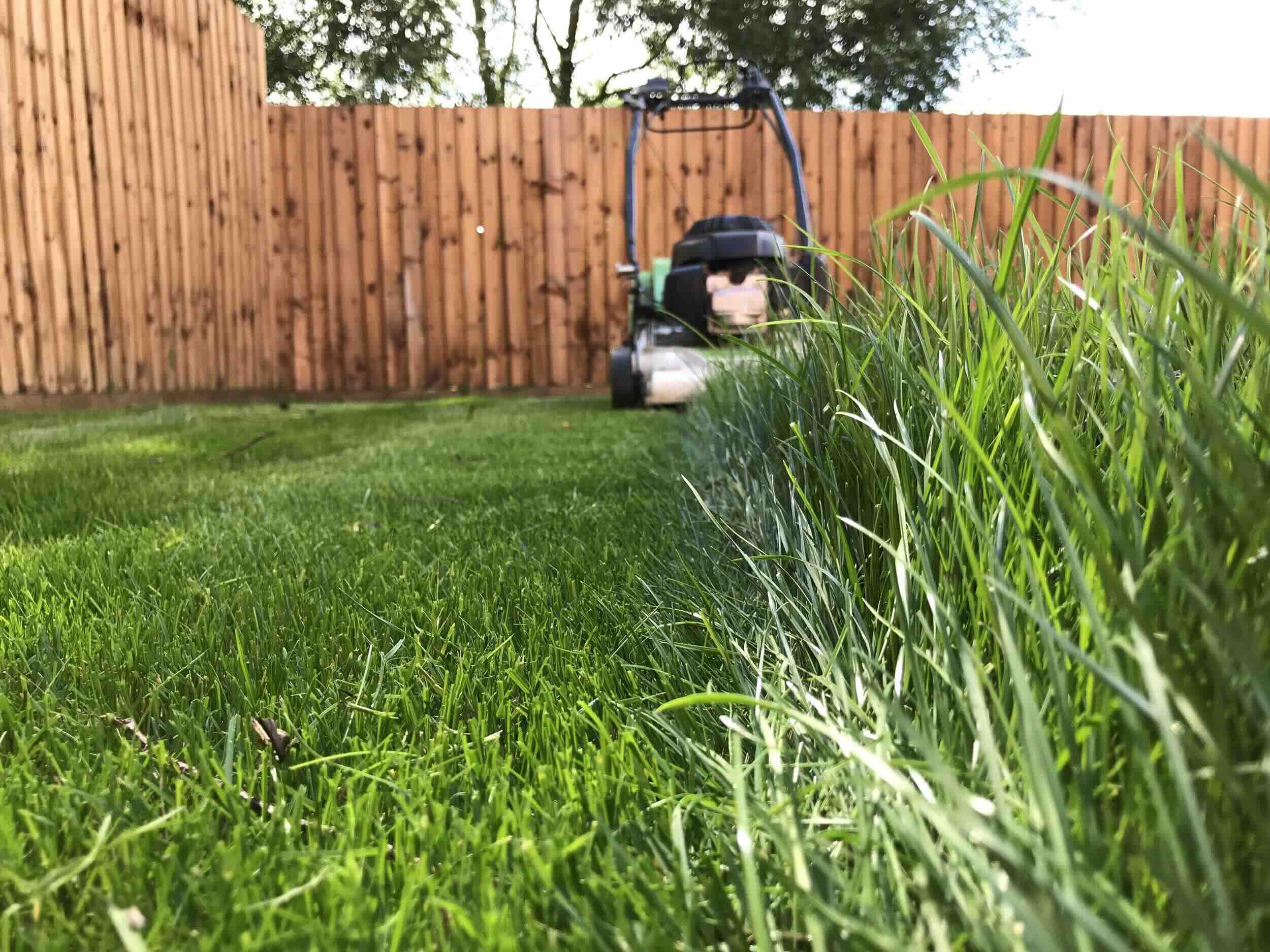

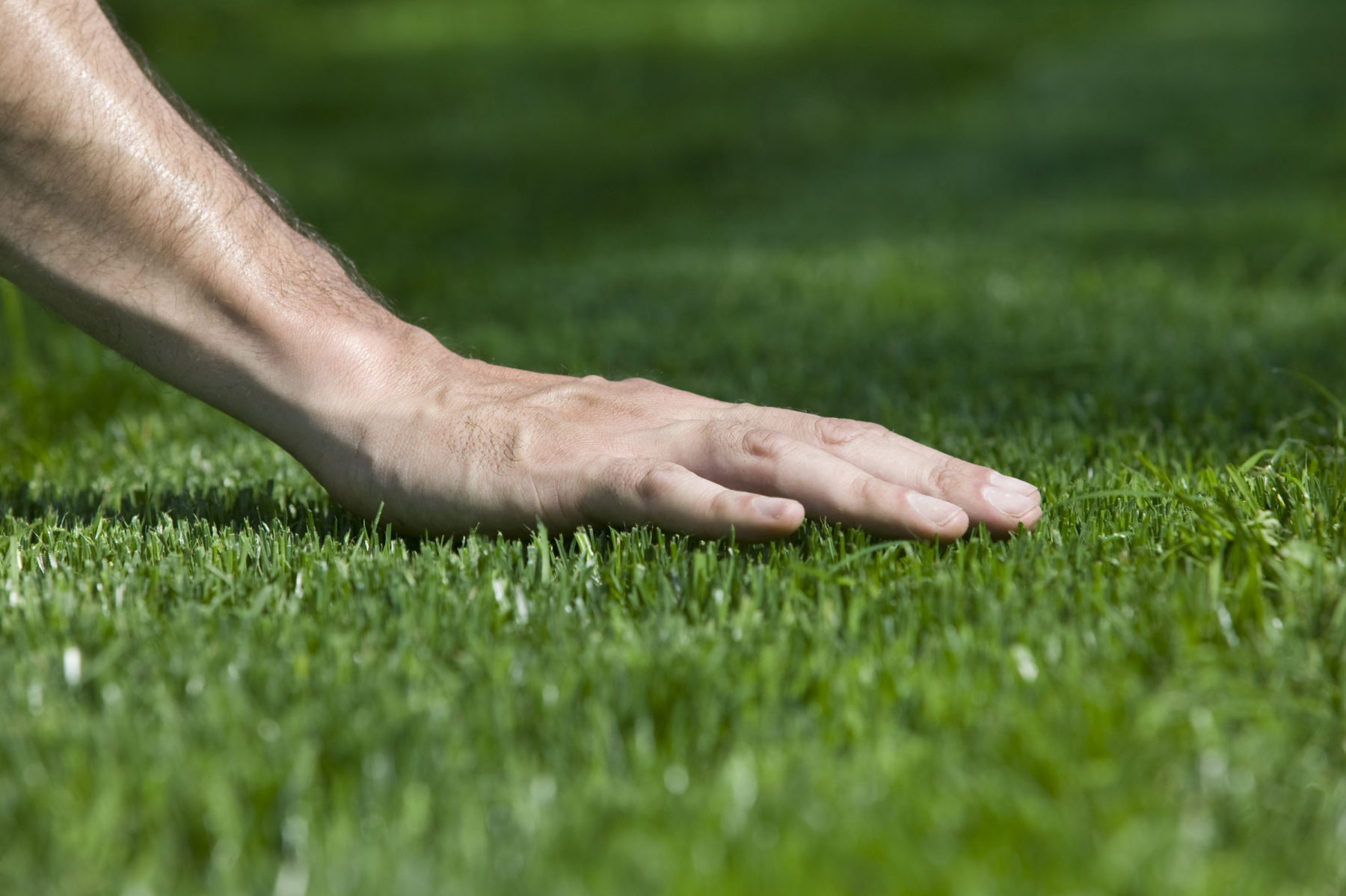
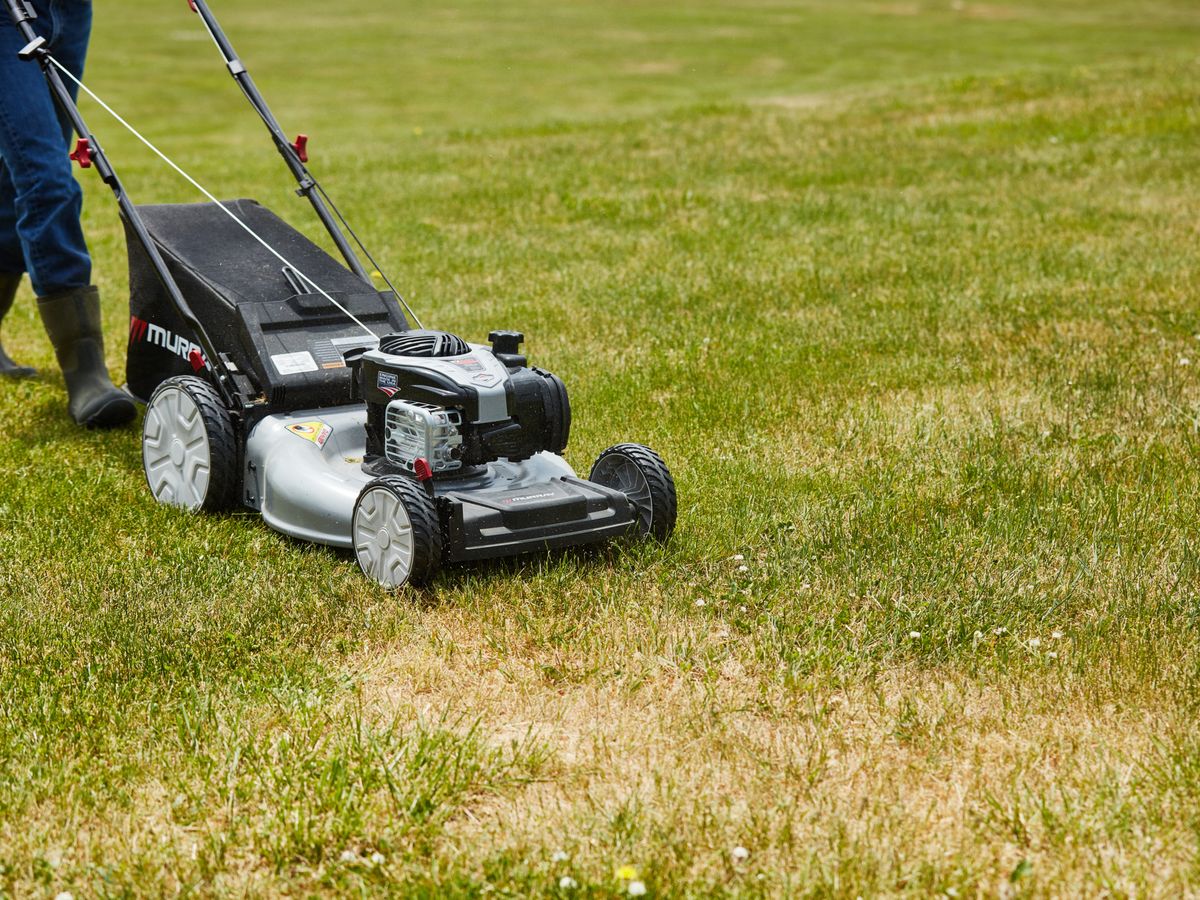
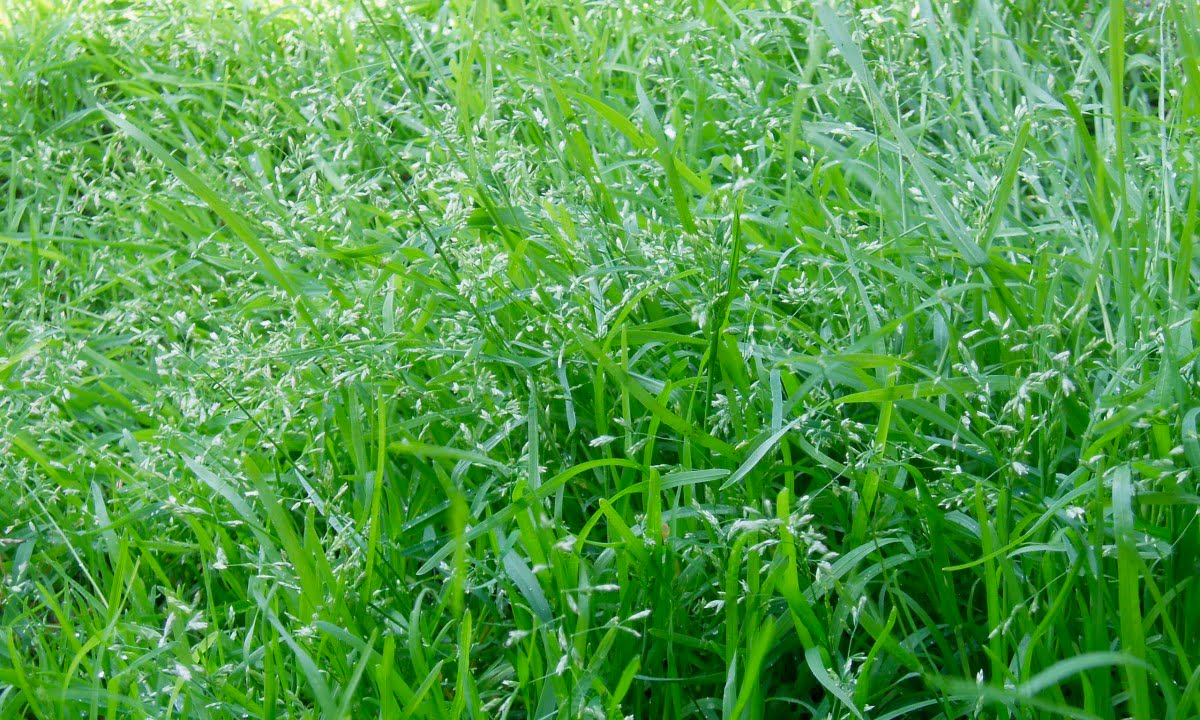
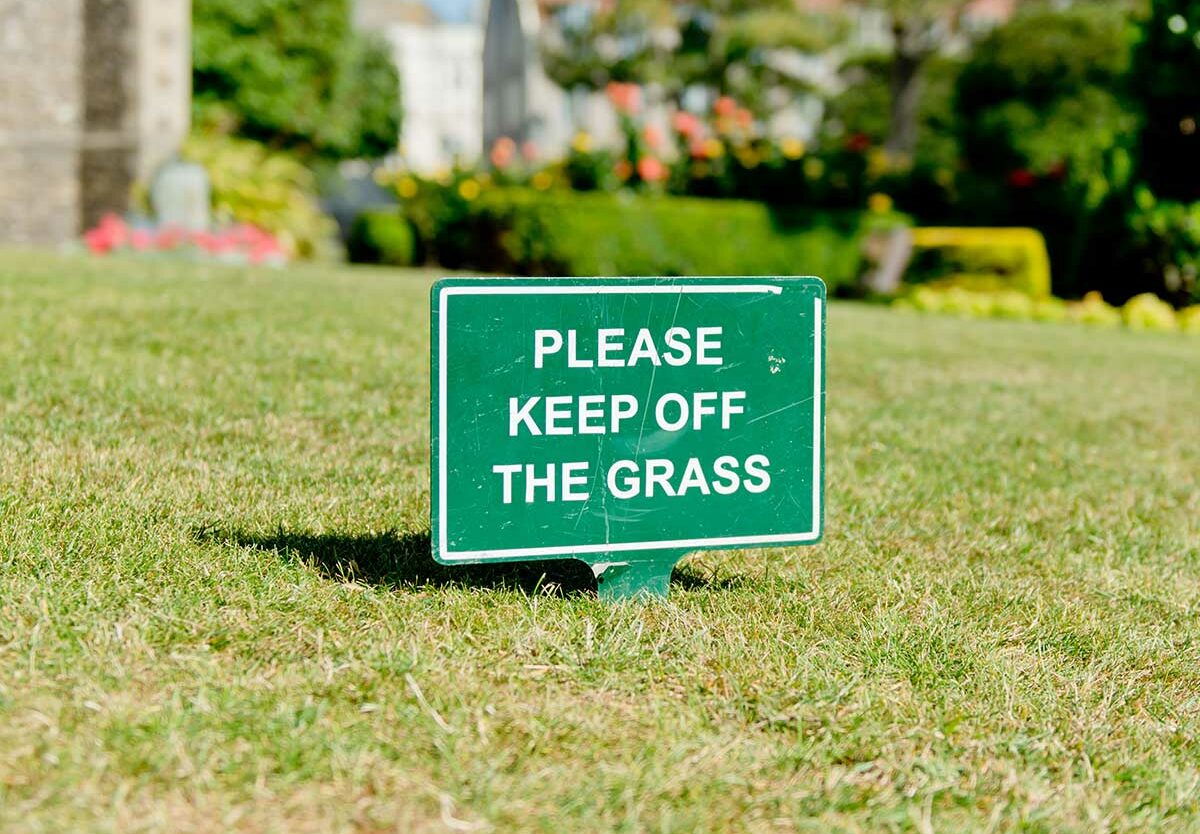
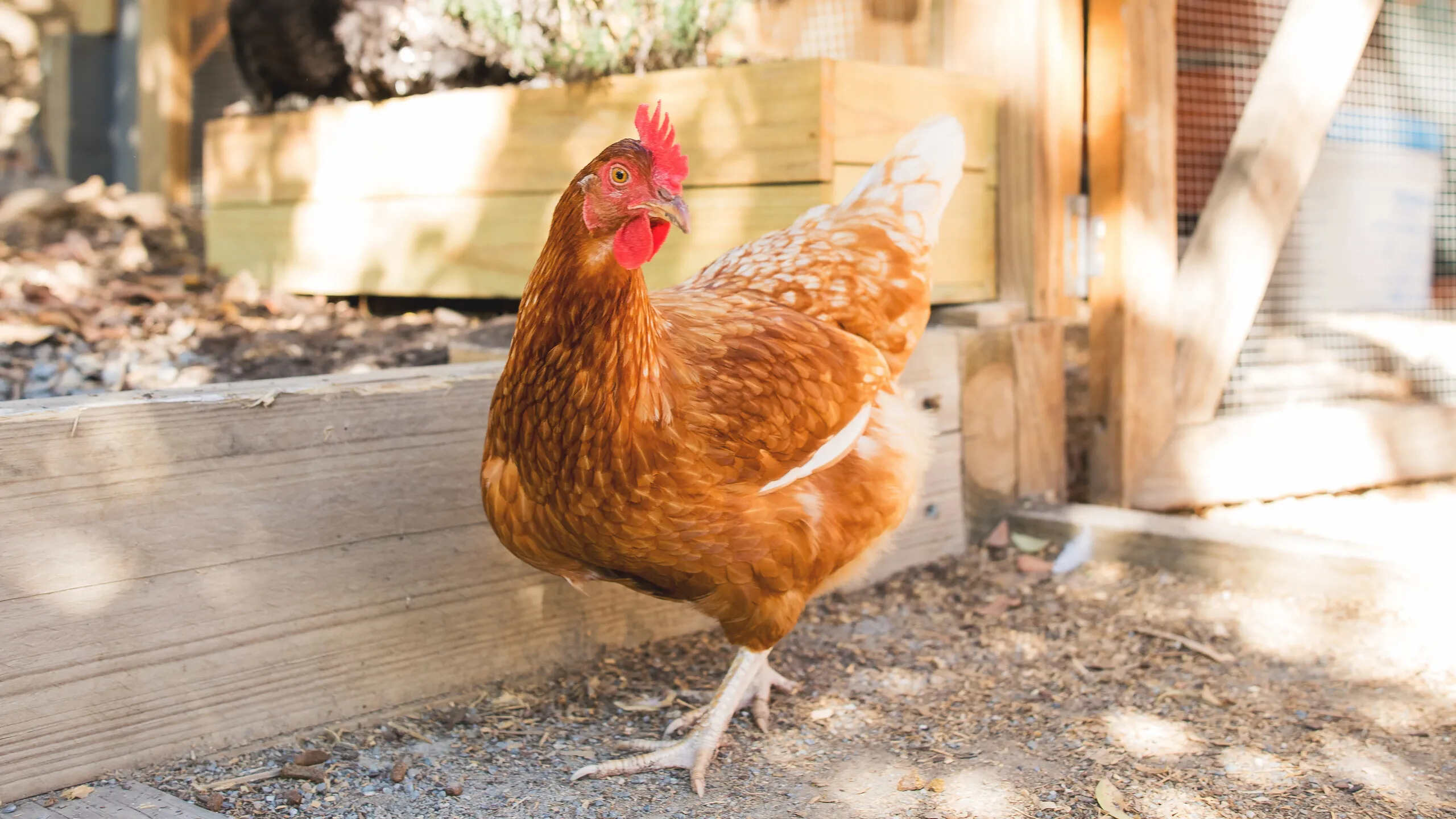

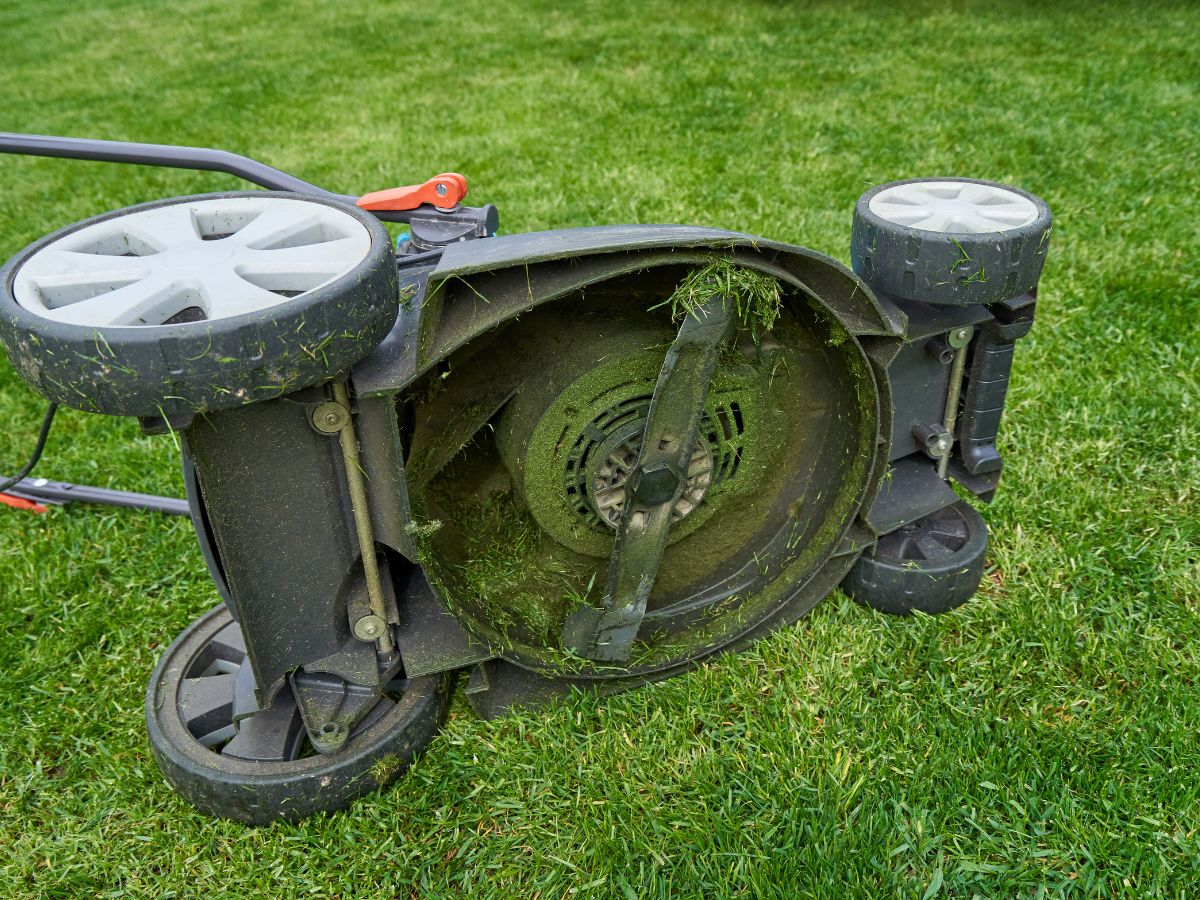


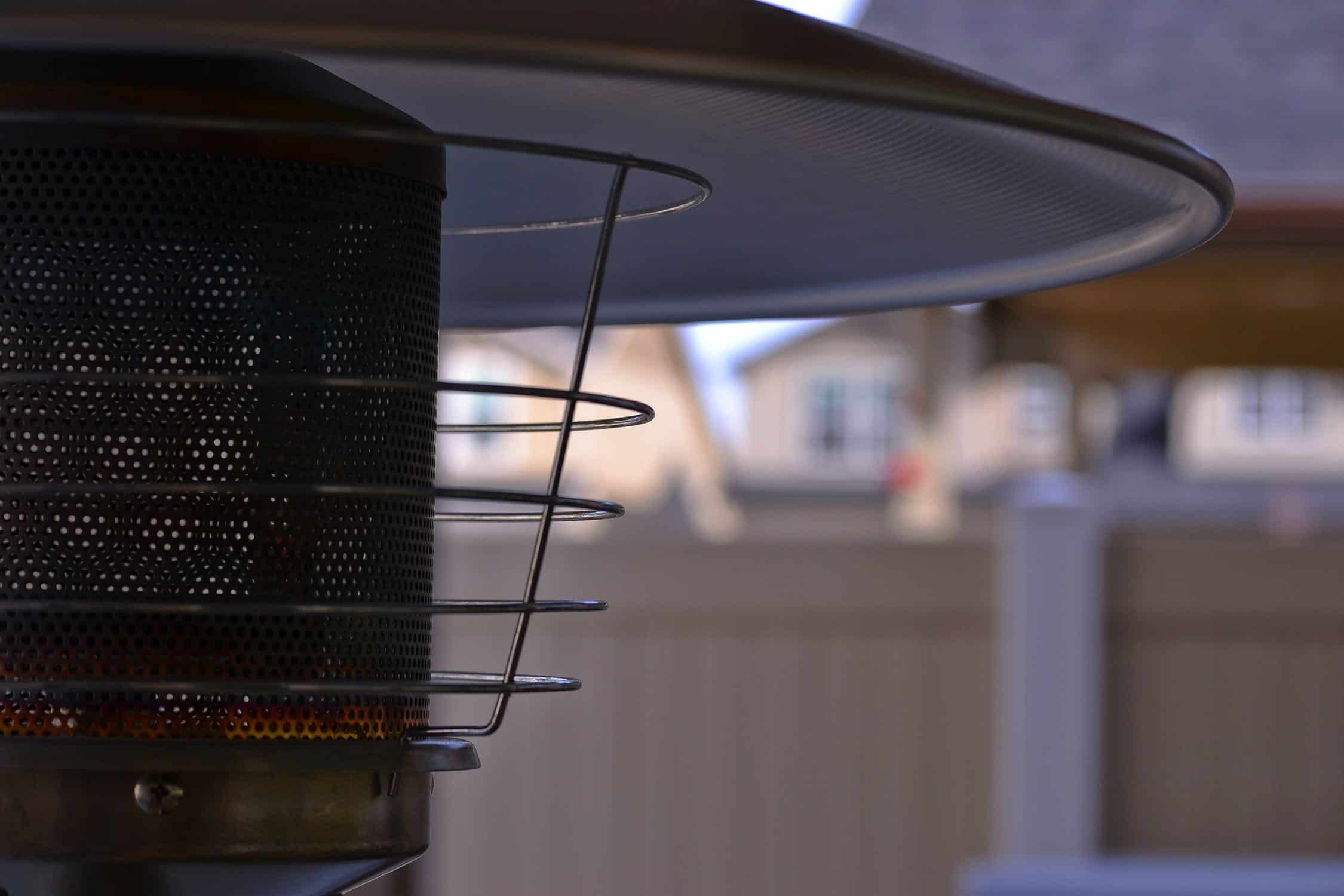
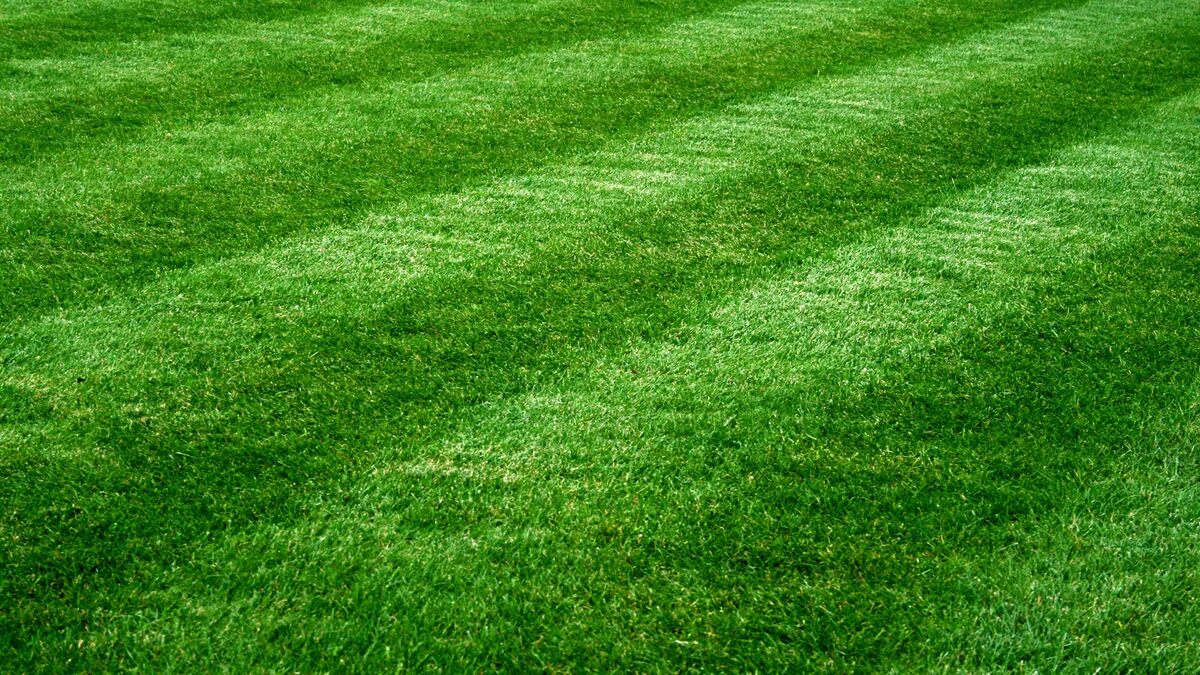
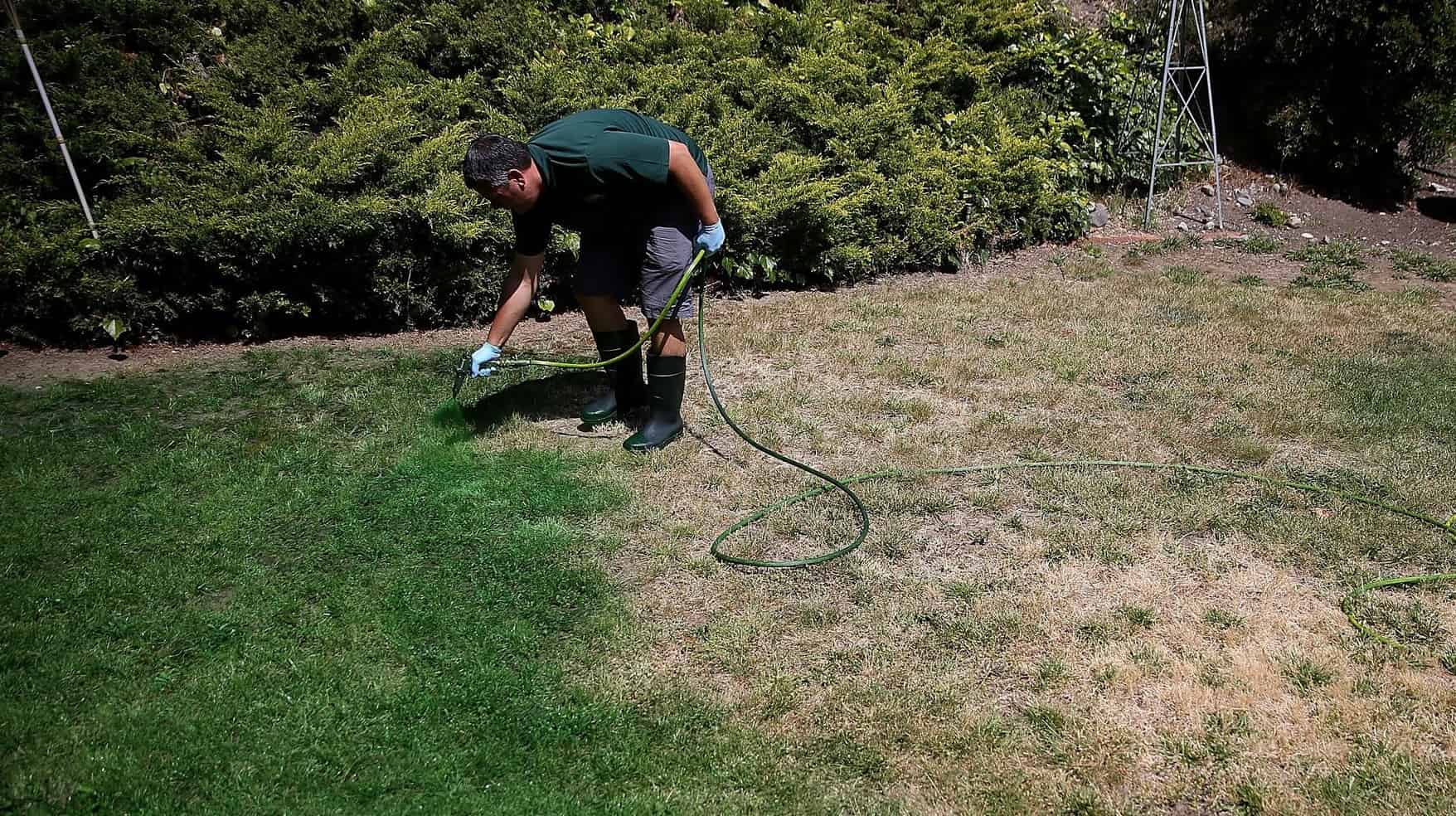

0 thoughts on “How To Keep Your Grass Green”